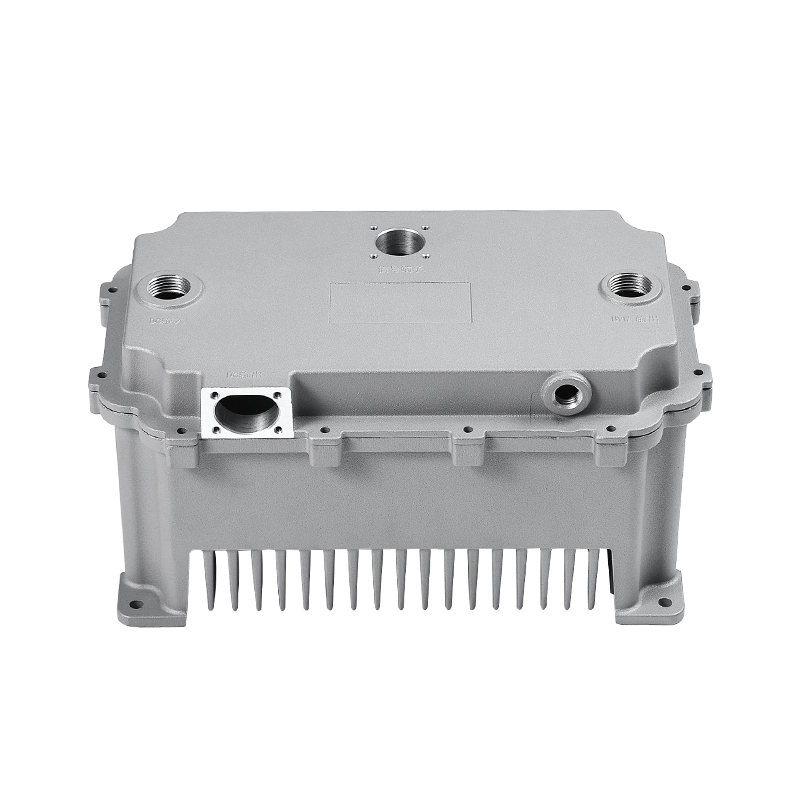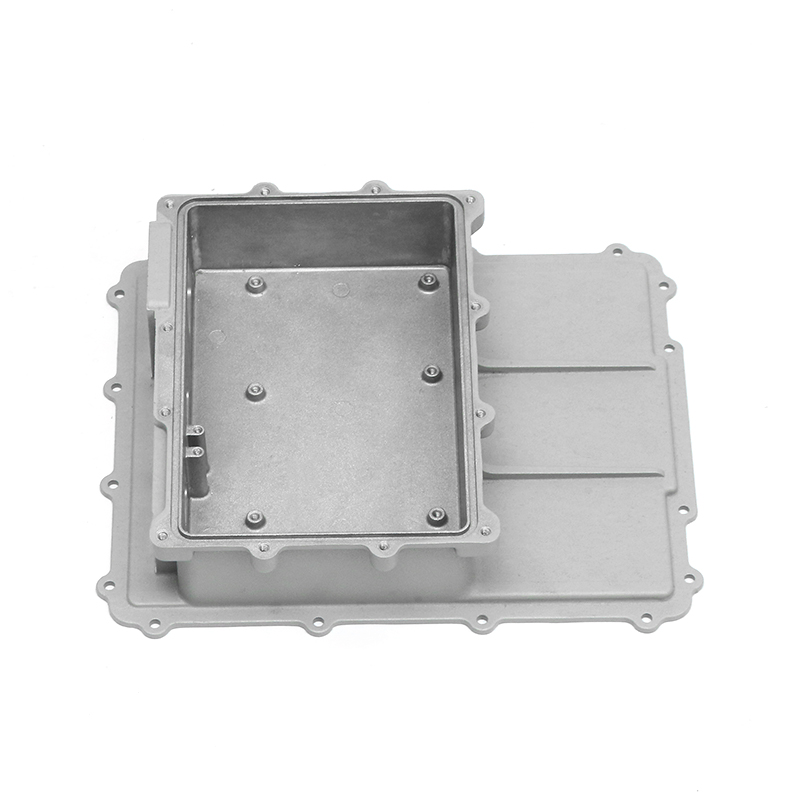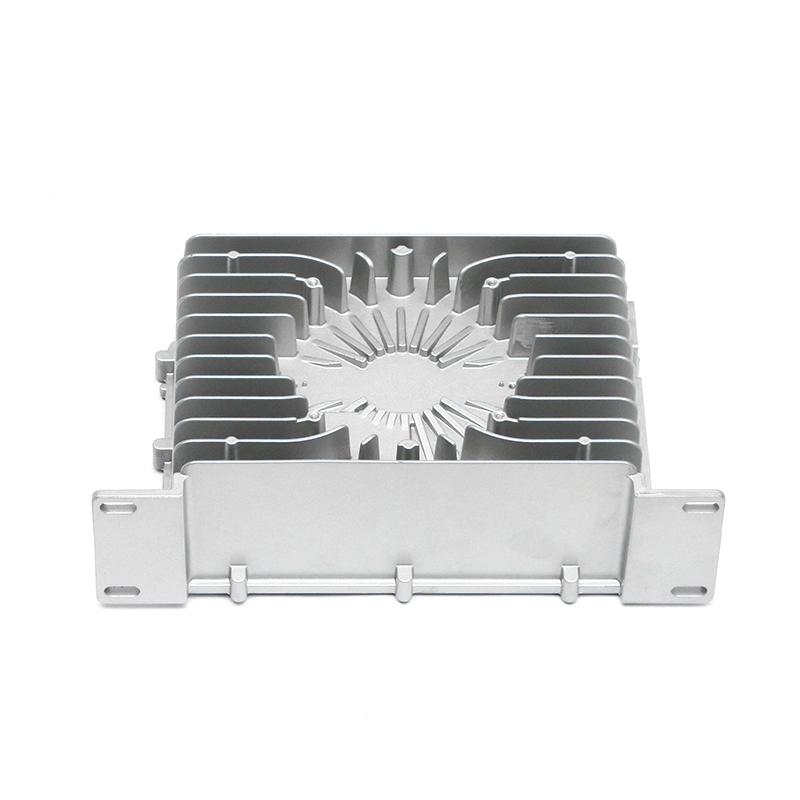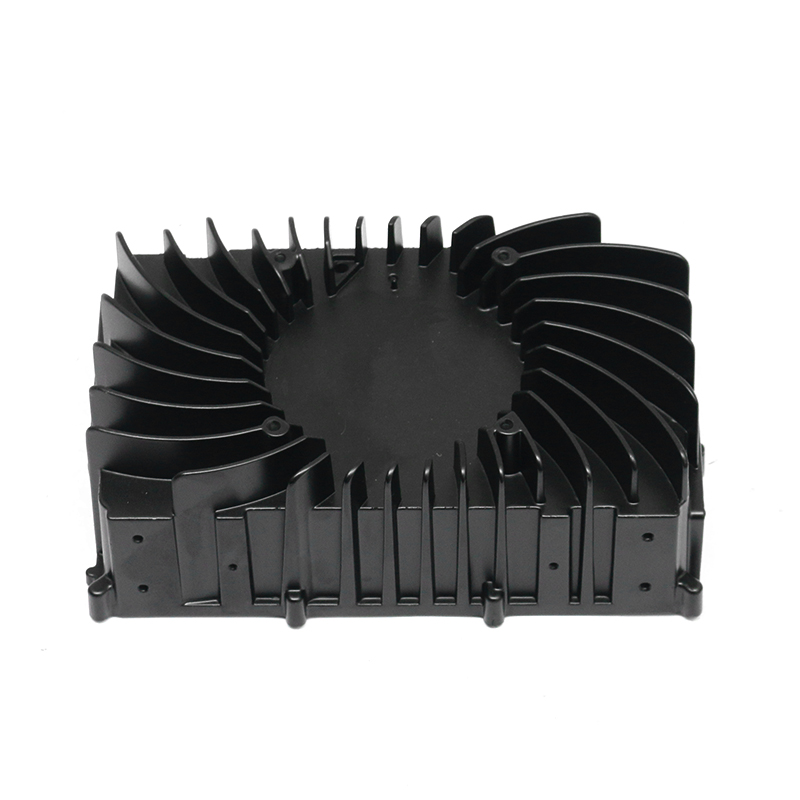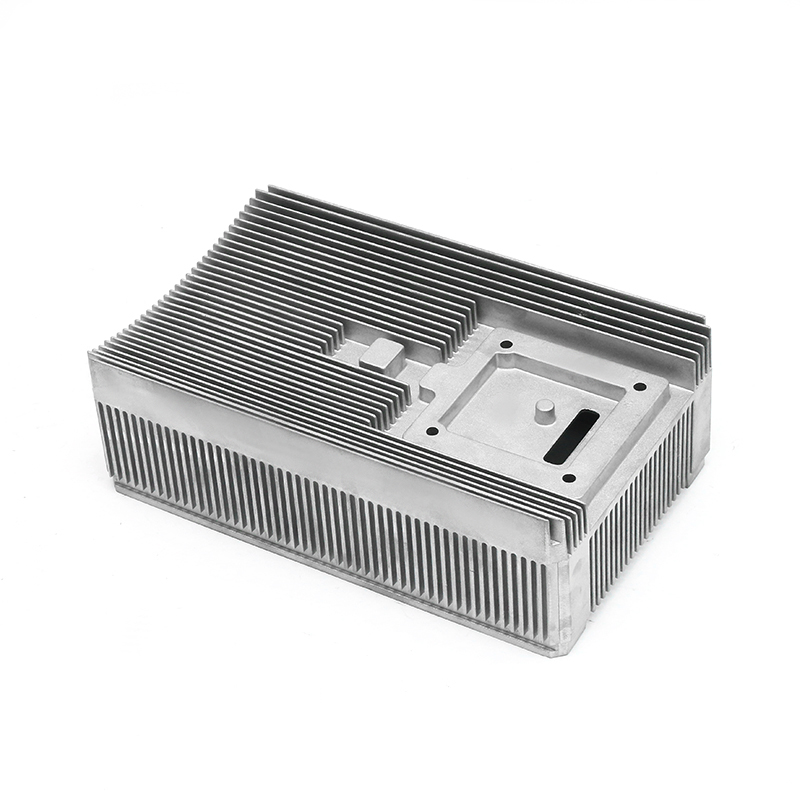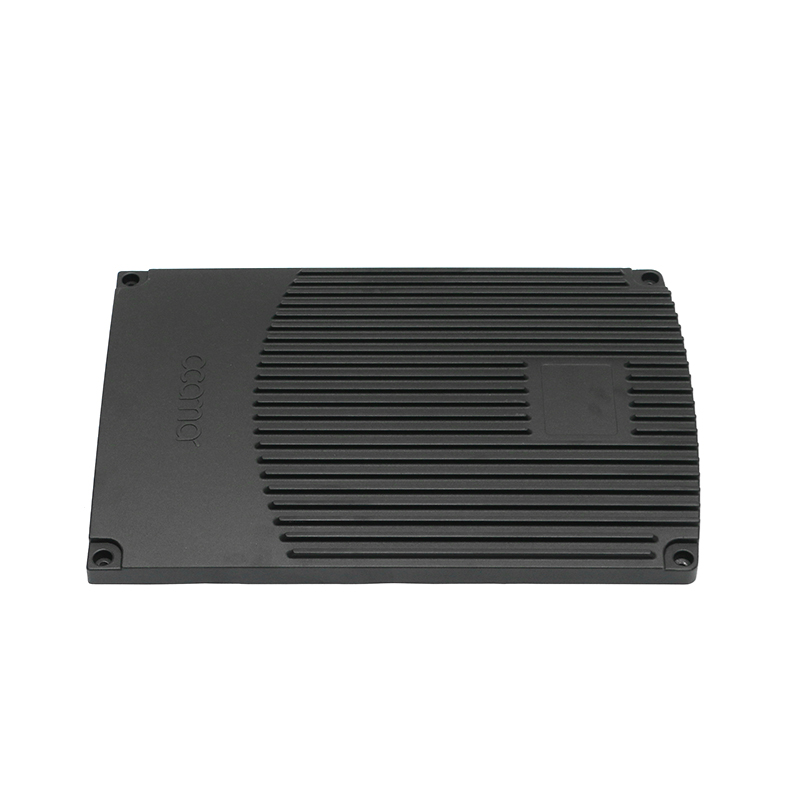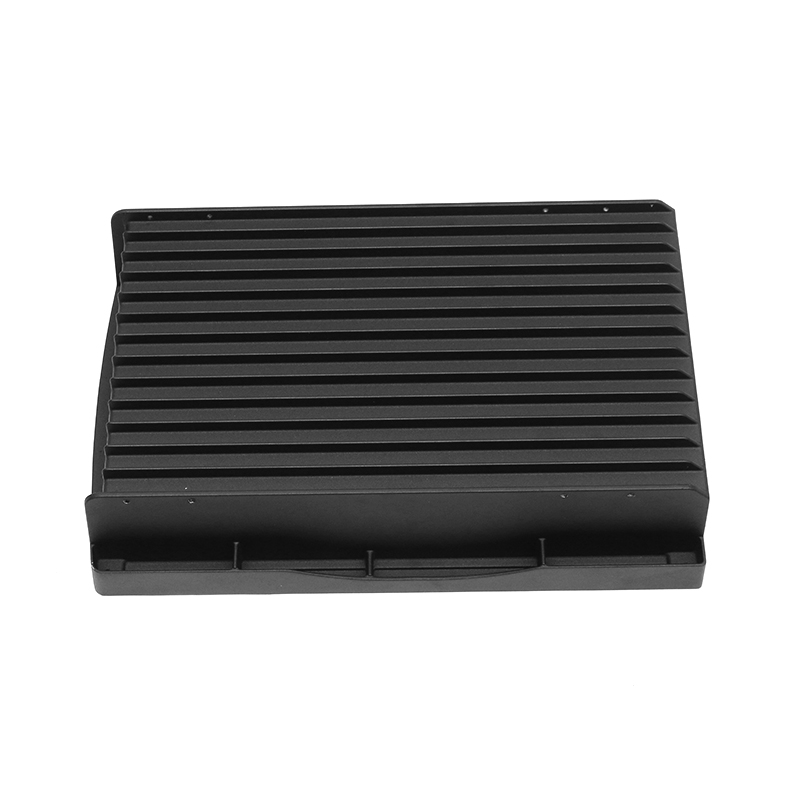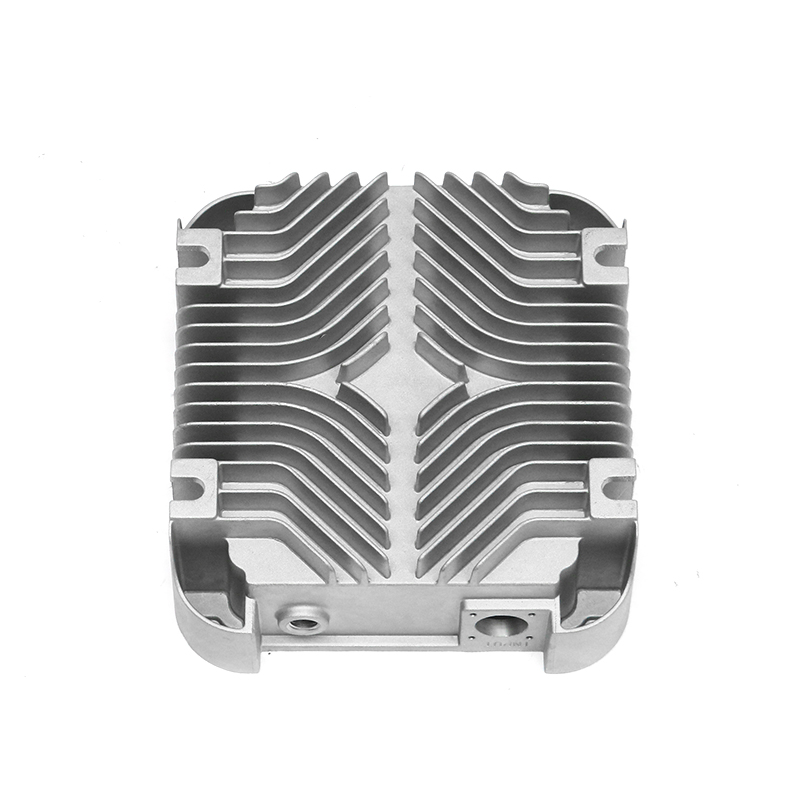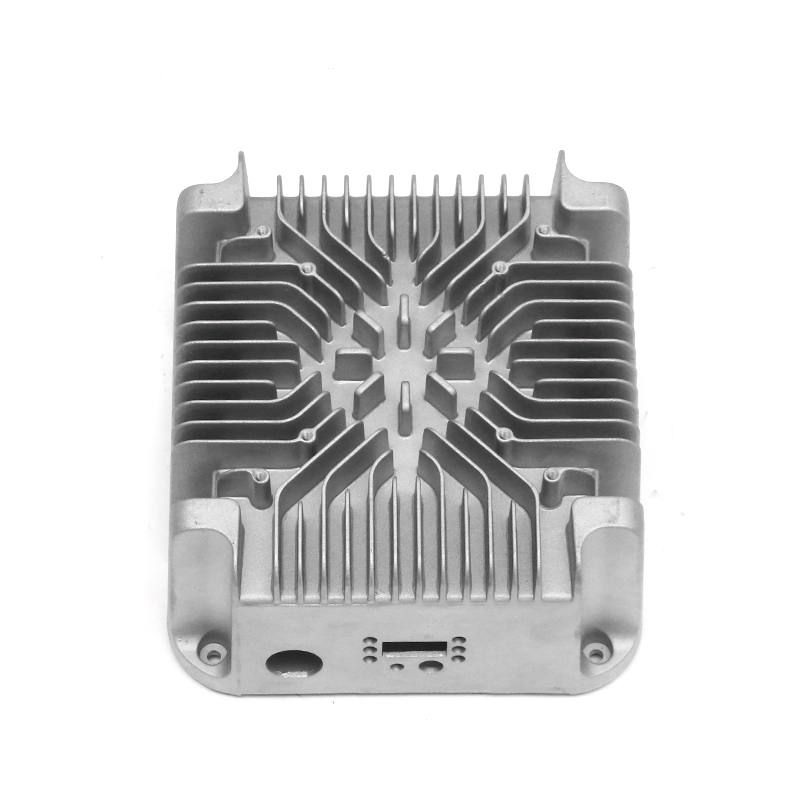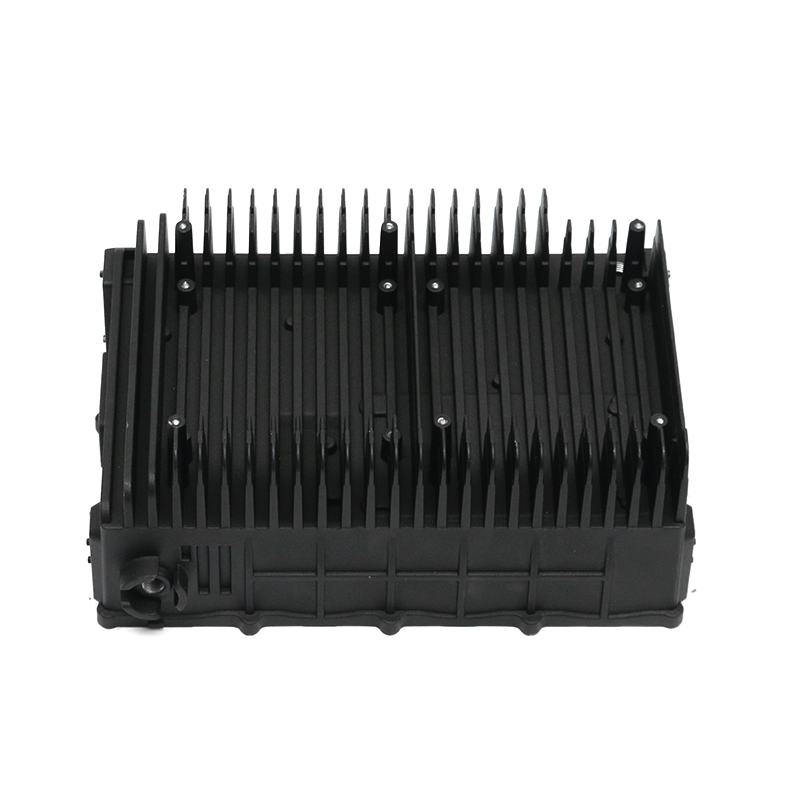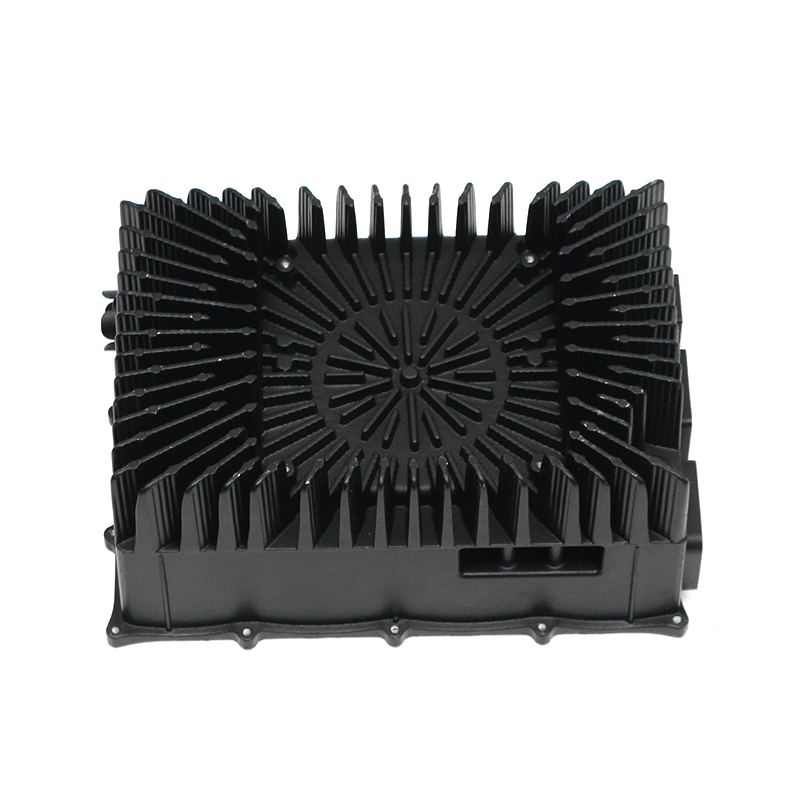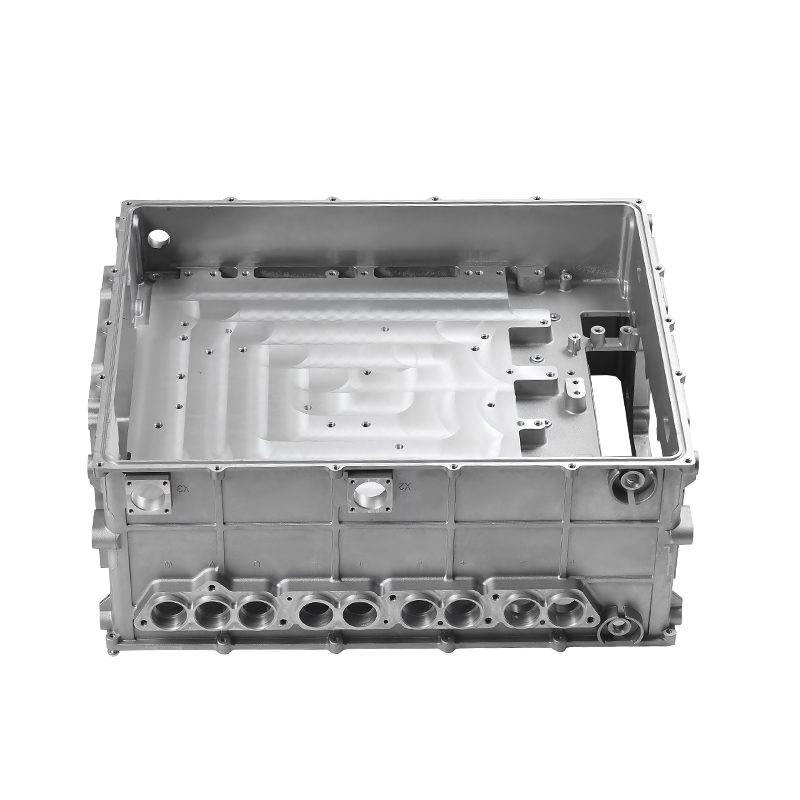Introduction to Thermal Management in Electronic Control Systems
Thermal management is a critical aspect in high-power electronic control systems because excessive heat can reduce the lifespan and performance stability of sensitive components. With the advancement of new energy applications, particularly in electric vehicles and renewable energy equipment, the need for effective cooling methods has intensified. Water-cooled die castings are widely considered a reliable solution due to their ability to directly transfer heat away from electronic modules. The question of whether the thermal management effect remains stable over time involves analyzing design, material properties, and operational conditions.
Structural Characteristics of Water-Cooled Die Castings
New energy electronic control water-cooled die castings typically integrate channels or cavities within the aluminum alloy body to allow water to flow through. These structures are manufactured with precision die casting technology to ensure accurate geometry and consistent cooling paths. The shell not only protects internal circuits but also acts as a thermal conductor, spreading and releasing heat into the coolant. The effectiveness of the structure depends on channel thickness, internal smoothness, and uniformity, all of which can influence the thermal distribution.
Heat Transfer Mechanisms
The thermal management effect relies on conduction through the die-cast housing, convection with the coolant, and dissipation into the external environment. When high-power electronics are in operation, large amounts of heat are generated at concentrated points such as power modules. The ability of water-cooled die castings to stabilize temperature depends on how efficiently these three processes are combined. Any obstruction in channels or reduced flow rate may hinder the heat transfer efficiency, making stability an important evaluation parameter.
Influence of Power Density on Cooling Stability
As electronic control systems become more compact while handling higher power, the power density increases significantly. This creates greater thermal load per unit area. Water-cooled die castings must therefore maintain consistent coolant flow and uniform thermal spreading to prevent localized overheating. In high-power systems, fluctuations in load may lead to rapid temperature variations, testing the cooling system’s capacity to maintain stable operation.
Materials and Surface Treatment in Die Castings
The materials used in water-cooled die castings, often aluminum alloys, provide favorable thermal conductivity and mechanical strength. However, their long-term stability depends on surface treatments such as anodizing or coating, which can protect against corrosion and wear. If untreated surfaces come into prolonged contact with water-based coolants, chemical reactions may reduce structural integrity and impact heat transfer properties. Thus, material selection and protective measures directly affect the durability and stability of thermal management.
Coolant Flow Dynamics and Channel Design
The flow dynamics inside the cooling channels determine how evenly heat is removed from the electronic control unit. Proper design should prevent turbulence, sediment buildup, or dead zones that reduce efficiency. Flow simulations are often used during design stages to optimize coolant paths. The stability of the thermal management effect in practice relies on maintaining flow rate consistency, minimizing blockage risks, and ensuring uniform pressure distribution.
| Factor | Effect on Thermal Stability | Typical Control Method |
|---|---|---|
| Flow rate | Directly impacts heat removal | Pump regulation |
| Channel smoothness | Reduces friction and heat spots | Precision casting |
| Coolant composition | Prevents corrosion or sediment | Additives and filtration |
Environmental Conditions and Operational Influence
External environmental conditions such as ambient temperature, humidity, and vibration also influence cooling performance. In high-power applications like electric vehicle controllers, water-cooled die castings operate under fluctuating external heat loads. If the ambient temperature rises significantly, the temperature gradient between coolant and environment decreases, potentially affecting stability. Additionally, vibrations or shocks may impact the sealing quality of the casting, altering coolant flow over time.
Long-Term Durability and Corrosion Resistance
Water-cooled systems are exposed to long-term circulation of liquids, which may cause corrosion, scale formation, or chemical degradation. If corrosion occurs within the channels, it reduces effective flow area and decreases thermal conductivity. To maintain stable thermal management, regular coolant replacement, corrosion inhibitors, and high-quality sealing materials are necessary. Durability testing often involves accelerated exposure to high-temperature water or chemical agents to simulate long-term use.
| Risk Factor | Possible Impact | Mitigation Approach |
|---|---|---|
| Corrosion | Reduced heat transfer and leaks | Protective coatings |
| Scaling | Blockage of channels | Use of deionized water |
| Seal degradation | Coolant leakage | High-resistance gaskets |
Comparative Performance with Air Cooling
Compared with air cooling, water-cooled die castings typically provide higher efficiency in removing heat from concentrated high-power modules. While air cooling may suffice in low to medium power densities, its stability declines in high-power conditions because air has lower thermal conductivity than water. The stability of water-cooled die castings, therefore, presents a stronger case for systems where consistent performance under heavy thermal loads is required.
Testing and Validation of Stability
The stability of thermal management must be validated through laboratory and field testing. Thermal cycling, vibration testing, and continuous high-power operation are used to evaluate how the water-cooled die casting performs under stress. Data from these tests can confirm whether the system maintains uniform temperatures and prevents overheating. The use of infrared thermography and embedded sensors helps monitor real-time thermal conditions, providing insight into long-term stability.
Industry Applications and Practical Observations
In industries such as electric vehicles, renewable energy systems, and industrial automation, water-cooled die castings are already applied in various power modules. Field data shows that with proper design, the systems maintain stable operating temperatures over extended use. However, practical observations also highlight the importance of regular inspection of coolant quality, channel integrity, and sealing performance to sustain stability across the equipment’s lifecycle.
